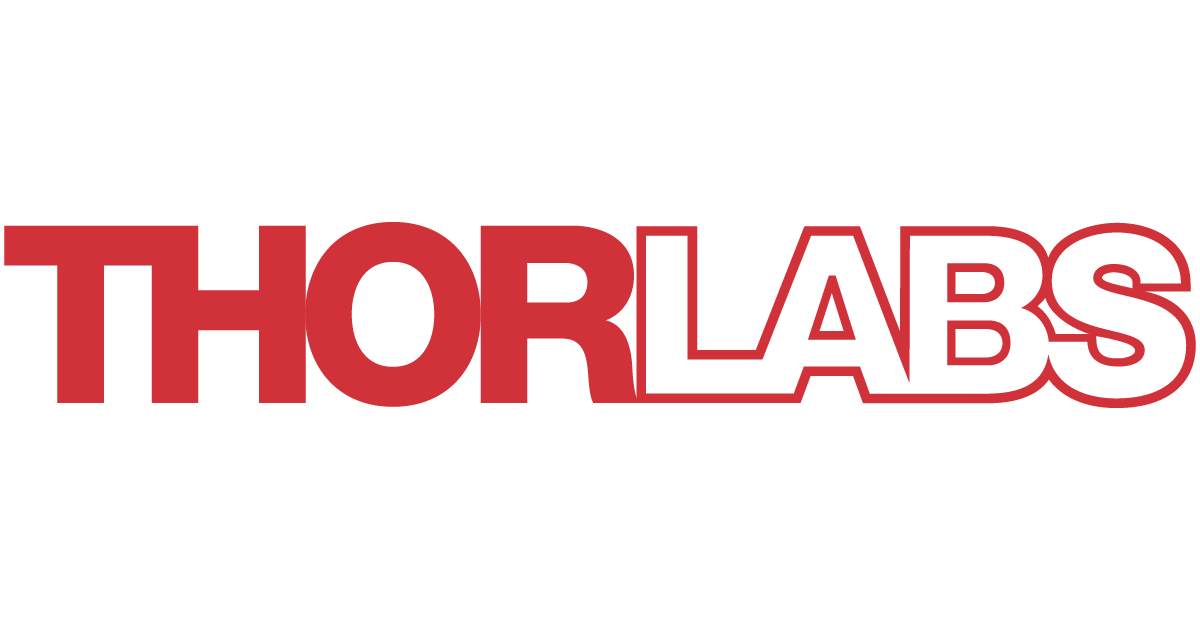brianpe
0
- Joined
- Dec 26, 2012
- Messages
- 56
- Points
- 18
I've wanted to build a high powered DPSS green for a long time and won an eBay auction for a used Spectra Physics ZLM laser head. This head can do about 10W of 1064 and my intent is to convert it to green, or failing that strip it for crystals and optics and build my own.
But first, I have to pump it and get it to work before I start ripping into it. And therein lies my first of many questions to the forum. The head accepts two fiber coupled pump diode inputs, one on each end of the resonator. Spectra Physics uses FC fiber couplings designed around their FCBar diodes...which I can't find anywhere. The majority of diodes I see, both new and used surplus seem to use SMA connectors.
I've been looking for a high power fiber that has SMA on one end and FC on the other. I've found SMA to FC adapters, but they are designed to mate two fibers and I don't want the efficiency losses and waste that would imply. Options for me in order of preference:
Ok, that last one was a joke.
Am I barking up the wrong tree here? Thanks in advance for any ideas.
But first, I have to pump it and get it to work before I start ripping into it. And therein lies my first of many questions to the forum. The head accepts two fiber coupled pump diode inputs, one on each end of the resonator. Spectra Physics uses FC fiber couplings designed around their FCBar diodes...which I can't find anywhere. The majority of diodes I see, both new and used surplus seem to use SMA connectors.
I've been looking for a high power fiber that has SMA on one end and FC on the other. I've found SMA to FC adapters, but they are designed to mate two fibers and I don't want the efficiency losses and waste that would imply. Options for me in order of preference:
- Find diode arrays with FC connectors for a reasonable price, where "reasonable" would be around $400us/diode or less.
- Find a high power SMA to FC short fiber. Thorlabs makes a high power SMA/SMA fiber for around $160us but I have't see a fiber offered with different connection styles.
- Replace the FC coupler on the laser head with SMA. I don't have the head yet so I don't know how feasible this is. I know the couplers on the laser have collimation optics; I don't know if they could be mated with a different connector. I've seen connectors with collimators built-in, but would need to match focal lengths for input to the vandinate.
- Two fibers, SMA / FC converter. Undesirable, but would work as a test.
- Just shine a light in there and hope for the best.
Ok, that last one was a joke.
Am I barking up the wrong tree here? Thanks in advance for any ideas.













